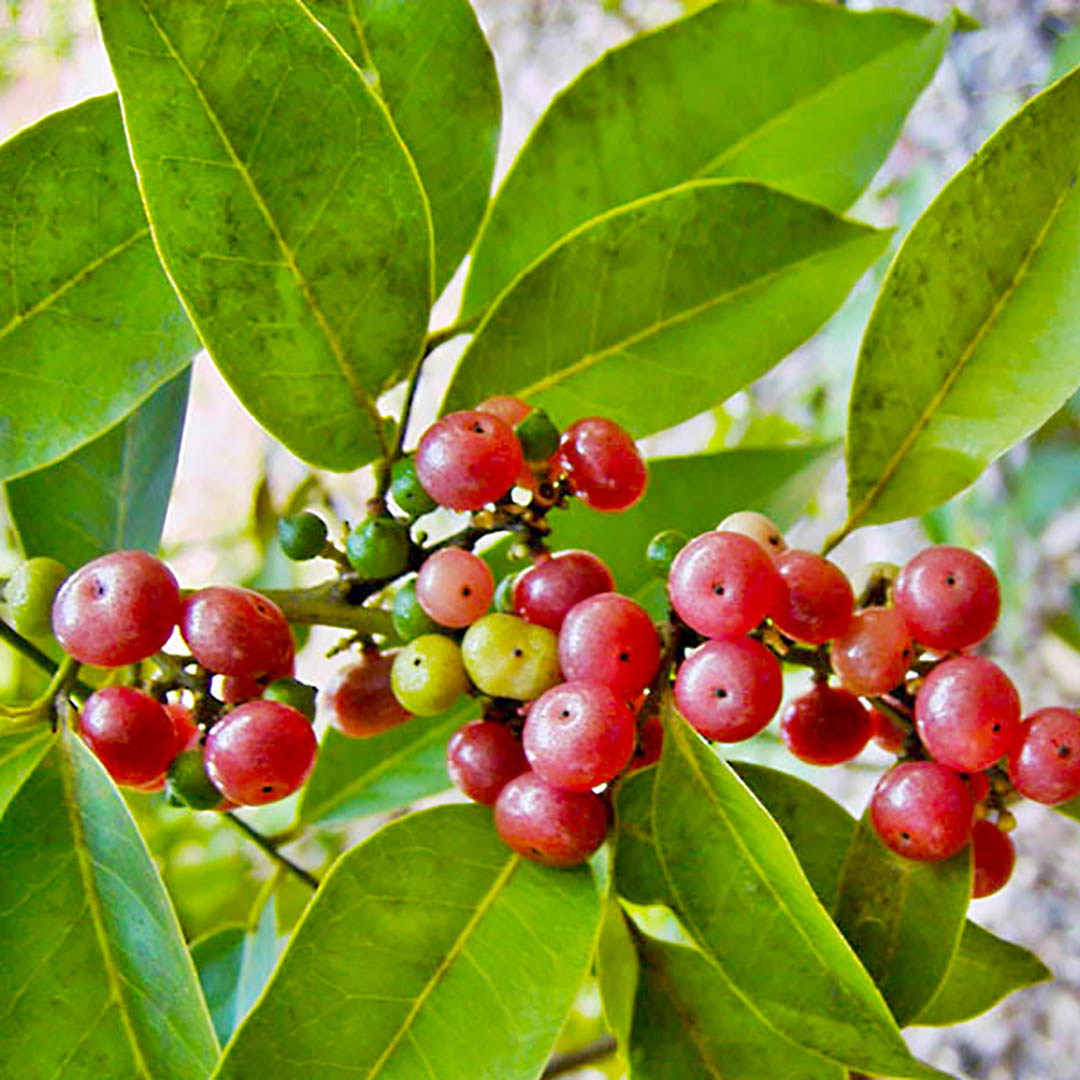
By: Sophie N.
Year: 2022
School: Westminster High
Grade: 10
Science Teacher: Huy Pham
20% of Americans use Chinese medicine. With “[G]rowing […] popularity of natural remedies […], demand […] is rising” (Hoiberg, 2007). However, Asian commercials often advertise supplements, such as PTH, with skeptical ingredients like Rehmannia glutinosa and other allelopathic constituents. This experiment investigated if ingredient toxicity prevailed after production by observing Salvia hispanica growth as it’s thought that “[p]rocessing […] is […] important […] to decrease toxicity” (Zhang et al., 2015). Understanding this impact determines whether stricter regulations on supplement disposal, production, and consumption should be imposed. Chia seeds were grown in agar mixed with the supplement to observe development. We theorized if chia seeds encounter Phong Thấp Hoàn, development will be impaired with shorter root length and stem height.
This experiment explored Asian supplements’ impact on the environment and consumers, and the extent allelopathic plants in the supplement Phong Thấp Hoàn (PTH) retained their harmful chemicals, as toxic potential supposedly decreases after production.
The experimental group had 30 Petri dishes with PTH mixed into an agar medium, where seeds grew for 1.5 weeks. Stem heights and root lengths of three plants were measured from each plate. In successful trials, experimental groups’ stem height was greater than controls while root length was shorter than controls. With human error and insufficient trials, the hypothesis was rejected. Further research is required to determine PTH and Salvia hispanica growth’s correlation.
The hypothesis was rejected as data tests opposed statistically significant differences between control and experimental groups. The unpaired T-tests of root length and stem height averages of trials 2 and 3 showed p>0.05 (no statistical significance) for root length (p=0.19) and stem height (p=0.25). The calculated value from trial 4’s chi-square test was less than the critical (0.49<2.04), accepting the null hypothesis of no statistical significance. With multiple errors and failed trials, residual ingredient toxicity cannot be concluded. Yet studies express the opposite outcome, “drug-induced liver injury […] in […] USA […] 13% of cases […] to herbal and dietary supplements in 2010–13 […] Singapore and South Korea […] 70% or greater […]” (The Lancet Gastroenterology & Hepatology, 2018).
The supplement wasn’t evenly crushed, so inconsistent distribution in plates resulted in varying root lengths and stem heights. PTH must dissolve evenly through new methods or solvents. Excess seeds were planted in trials 1-3; measuring 10 plants per plate for 32 plates proved tedious, resulting in arbitrarily recording just three per plate. This intentional bias resulted in unreliable data, so only 5 were planted per plate henceforth. Trial 1 had negative control seeds sprouting, proving the hydrogen peroxide too weak; this eventually switched to 3 mL of 5% vinegar. Mold grew from contaminated hands, so sanitation was henceforth emphasized.
